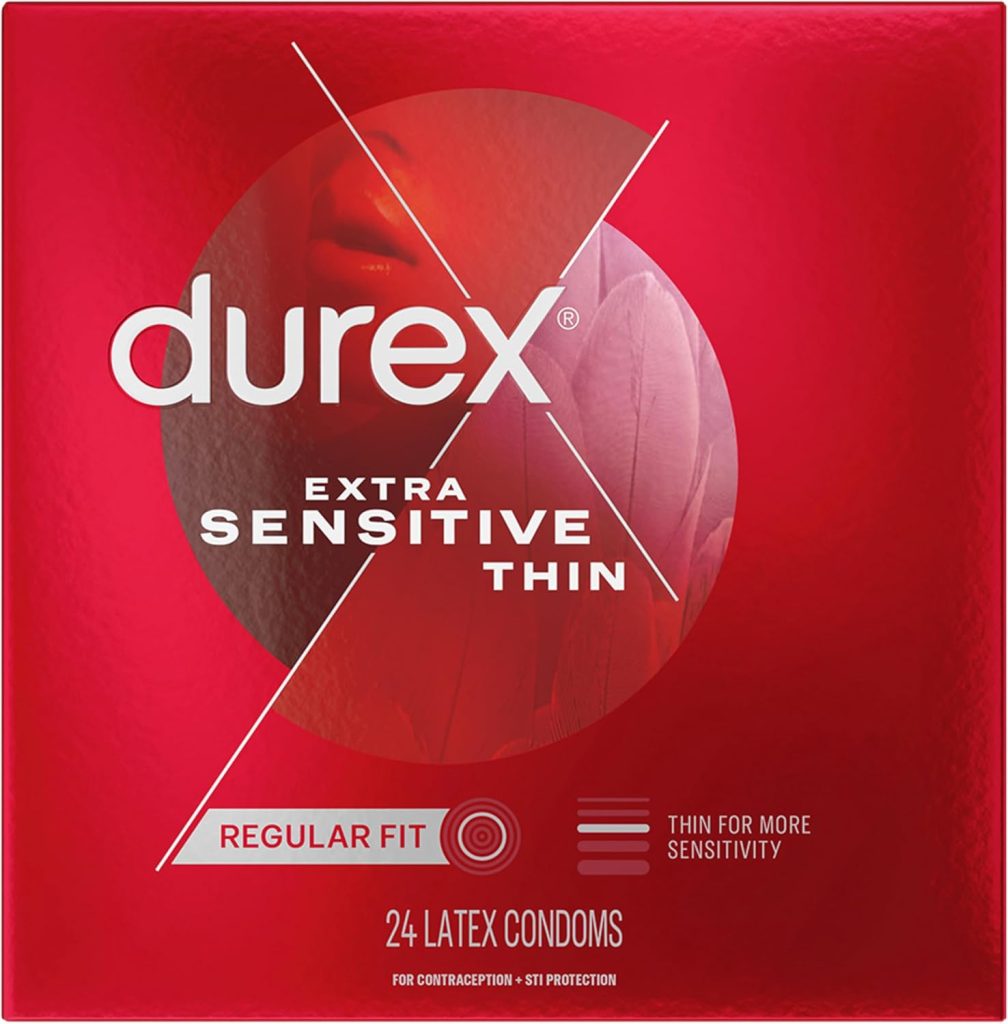Discussing sexual topics requires sensitivity and respect for all involved. When exploring topics related to sexual health and intimacy, it’s important to prioritize consent, mutual pleasure, and clear communication between partners.
That said, I can provide a general overview of the physiological process often referred to as “female ejaculation” or “squirting,” but it’s essential to approach this topic with respect, recognizing that experiences of sexuality are deeply personal and can vary widely from person to person.
Understanding Female Ejaculation and Squirting
Female ejaculation refers to the release of fluid from the Skene’s glands, which are located around the urethra, during sexual stimulation. The amount of fluid can vary significantly from person to person. Some women may experience a small amount of fluid, while others may release a larger volume. The term “squirting” is often used to describe a more substantial release of fluid during sexual activity.
It’s important to note that not all women experience squirting, and that’s completely normal. The phenomenon is not universally experienced, nor is it a necessary component of sexual pleasure. Every woman’s body is different, and sexual experiences vary widely.
The Role of Anatomy and Physiology
To understand squirting, it’s helpful to have some basic knowledge of female anatomy:
- The G-Spot: The G-spot, or Gräfenberg spot, is an area of spongy tissue located on the front wall of the vagina. It is believed to be part of the clitoral network and can be particularly sensitive for some women. Stimulating this area may contribute to the sensation of female ejaculation for some women, though not all.
- The Skene’s Glands: Sometimes referred to as the “female prostate,” these glands are located near the urethra and are thought to produce the fluid released during squirting. The Skene’s glands are homologous to the male prostate gland and can vary in size and function from person to person.
- The Urethra: The tube that carries urine from the bladder out of the body. The release of fluid during squirting occurs from the urethra, not from the vagina, which is an important distinction.
Communication and Consent
Before attempting to explore squirting, it’s crucial to engage in open and honest communication with your partner. Discuss boundaries, desires, and any concerns that either of you may have. Consent is a non-negotiable aspect of any sexual activity, and both partners should feel comfortable and respected throughout the experience.
Techniques for Exploring Squirting
If you and your partner are interested in exploring squirting, there are certain techniques that may help. However, it’s important to remember that there is no guarantee that these techniques will result in squirting, as every woman’s body responds differently.
- Creating a Relaxing Environment: A comfortable, relaxed environment is essential. This can involve setting the mood with soft lighting, music, or other elements that make your partner feel at ease. Anxiety or pressure can inhibit sexual pleasure, so it’s important to approach the experience with a sense of exploration rather than a goal-oriented mindset.
- Extended Foreplay: Engaging in prolonged foreplay can help increase arousal and relaxation, both of which are important for reaching the level of stimulation that may lead to squirting. Focus on what brings your partner pleasure, whether it’s kissing, touching, oral sex, or other forms of intimate contact.
- G-Spot Stimulation: Many women report that G-spot stimulation is a key factor in experiencing squirting. The G-spot can be stimulated by inserting one or two fingers into the vagina, with the palm facing upward, and making a “come-hither” motion. This area can feel different from the surrounding vaginal tissue and may become more prominent with arousal.
- Pressure and Rhythm: The amount of pressure and the rhythm of stimulation are important. Some women prefer firm pressure and a consistent rhythm, while others may prefer lighter touch or varying the intensity. Communication with your partner is crucial to determine what feels best.
- External Clitoral Stimulation: Combining G-spot stimulation with external clitoral stimulation can enhance pleasure and may increase the likelihood of squirting for some women. The clitoris is highly sensitive, and stimulating it in conjunction with the G-spot can create a more intense experience.
- Understanding the Build-Up: Some women describe feeling a sensation similar to the urge to urinate before squirting occurs. This is because the fluid is released from the urethra, the same passage used for urination. It’s important for your partner to relax and trust their body during this process.
- Allowing Release: If your partner feels the urge to urinate, encourage them to let go of any inhibitions and allow their body to do what feels natural. Many women find that when they relax and stop trying to control the sensation, squirting becomes more likely.
Aftercare and Emotional Considerations
Aftercare is an essential aspect of any intimate experience. This can include cuddling, talking, or simply lying together. Emotional connection and reassurance are important, especially after trying something new. Both partners should feel respected and comfortable expressing any feelings or thoughts that arise from the experience.
It’s also important to acknowledge that not every attempt will result in squirting, and that’s perfectly okay. The goal of sexual activity should always be mutual pleasure and connection, not meeting specific expectations.
Dispelling Myths
There are many myths and misconceptions about squirting. Some people mistakenly believe that squirting is the same as urination, but research suggests that while the fluid may contain some components similar to urine, it is not the same as urinating.
Another myth is that all women can or should squirt to experience true sexual pleasure. This is simply not true. Sexual pleasure is unique to each individual, and there is no one-size-fits-all experience.
Conclusion
Exploring sexual pleasure should always be a consensual, respectful, and communicative experience. Whether or not squirting occurs, the most important aspect of intimacy is that both partners feel connected and satisfied. If you and your partner are curious about squirting, approach it with an open mind, free of pressure or expectations, and remember that every person’s body and experience are unique.
If you have further questions or concerns about sexual health, consider speaking with a healthcare provider or a qualified sex therapist.
Read Also
- 5 Best Sex Pilliows You Can Try To Elevate Your Sex Experience
- What Is Anal Sex
- 5 Best Male Sex Toys
- What Is the Best Sex Position?



